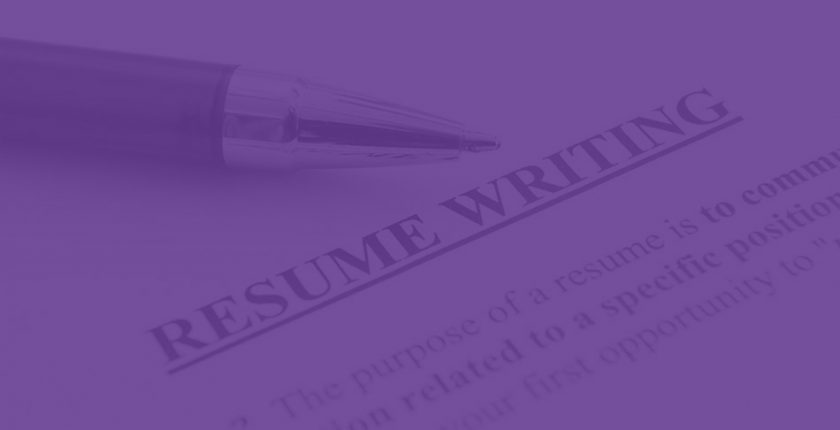Blog
10 Tips to Create a Resume That Stands Out
- 29 September 2015
- Posted by: Amy
- Category: Resume Management Time Management
No Comments

Here are some great tips to help you stand out from the crowd!
- Tailor your resume to the job. Tune your resume to the specific role you are after, with highlighting specific details that show why you are a great fit for the position. One way to do this is to simply include all of your skills and experience that are relevant to the job you’re applying for.
- Use a modern, professional format. Format your resume so that it is pleasing to the eye, but be careful not to go over the top or let the visuals take away from the most important part – the content!
- Customise your resume to tell a story. Your resume should bring the reader through your professional experiences, accomplishments, skills, and knowledge. It should show how you’ve advanced over the years, and what you can bring to the table. Make your resume long enough to tell your story, but short enough to skim in a single sitting.
- Keep things professional. Don’t include negative information about previous jobs or employers. Don’t discuss your hobbies or personal qualities or politics. Simply stick to your career facts.
- Use a header.Include a clear, hard-hitting statement at the very top of the resume that effectively defines who you are, keeping the specific position in mind. The header is a branding statement that is typically all caps going across the top of the page, usually sitting under your name and contact info.
- Make sure it is error-free and easy to read. Make sure it’s perfectly polished and error-free — and don’t forget to put the most important information on page one. This might sound obvious, but you would be surprised how many people forget to proof read!
- Keep the reader’s needs or industry requirements front and centre. You need to know what they are looking for in your candidacy. Instead of developing your resume and then conducting a job search, it is wise to research the requirements of several opportunities to get a sense for how you should be presented in terms of branding, focus, and keywords.
- Don’t overuse fancy fonts and colours. While you don’t want to overdo it, you can use colour in a conservative manner to make your resume visually differentiated from the sea of documents the recruiter will review.
- Make it longer than one page if it needs to be. Use the appropriate amount of space for your experience. If you’ve been in the workforce for 15-plus years, do not feel forced to trim information about your achievements to keep to an arbitrary one-page resume rule.
- Supplement your resume with a cover letter. About half of all HR reps say they won’t even read a resume if the candidate hasn’t submitted a cover letter. So, unless the employer explicitly says they don’t want a cover letter, write one!

